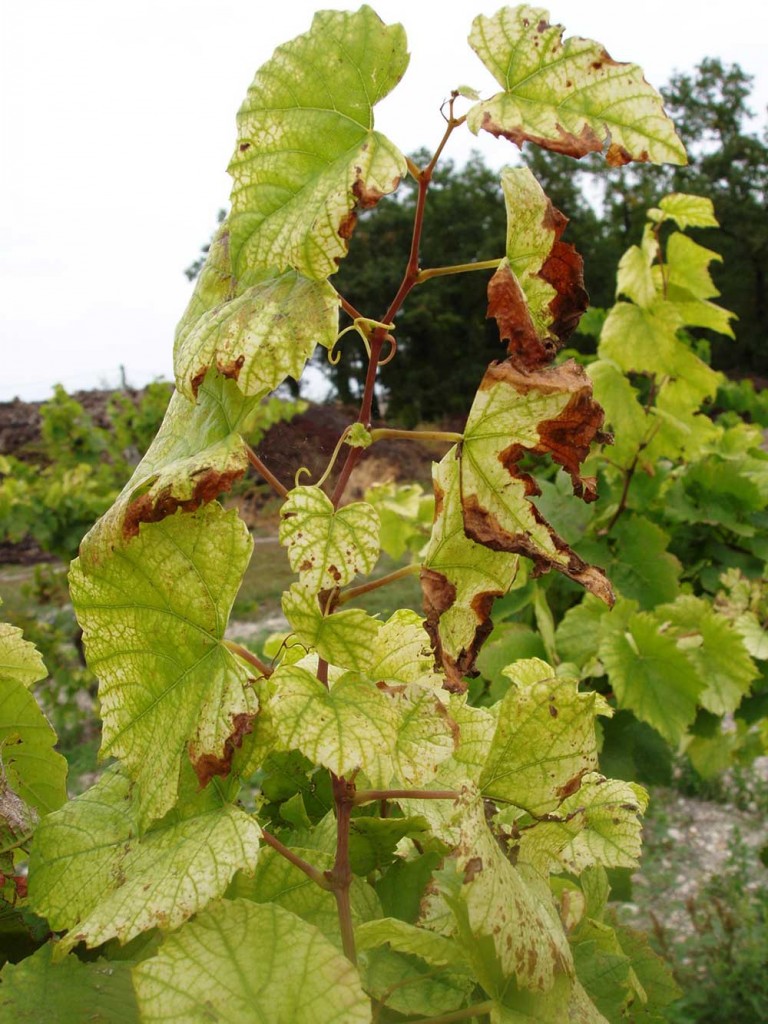Characterized by discoloration and yellowing of the leaves, ferric chlorosis is a widespread disease, especially in vines. An iron deficiency is the cause and this cause has several origins. Want to know more ? Discover the possible origins of iron deficiency and 5 tips to treat ferric chlorosis in your culture.
The origins of ferric chlorosis
Ferric chlorosis mainly affects vines and fruit trees. In addition to yellowing, plant leaves wilt and may have necrosis. This disease is also recognizable by the veins which remain green regardless of the stage of iron deficiency. The possible origins of this disease can be diverse. In the case of “physiological ferric chlorosis”, the iron cannot be absorbed by the plant because the soil is too dry or too wet. “True ferric chlorosis” is simply linked to a real lack of iron in the soil. Finally, when it comes to “induced ferric chlorosis”, iron absorption is impossible because the pH of the soil is too calcareous.
5 tips
Here are 5 tips to avoid and treat this disease:
- Provide balanced nitrogen and phosphorus intakes without exceeding the recommended amount;
- Avoid your soil becoming too compact by adding organic matter and working it as little as possible;
- Make sure the pH of your soil is higher than 6-7;
- Application of iron chelates favoring the assimilability of plants for physiological and induced ferric chloroses;
- Use of iron sulphate fertilizers in the soil or on the leaves for true ferric chlorosis.
Regular soil testing helps anticipate the risk of iron deficiency and the development of ferric chlorosis. This disease is more often due to a problem of iron assimilation by plants than to a real lack of iron in the soil. Therefore, by encouraging the assimilation of iron by plants via in particular the presence and the natural work of organic matter, you considerably reduce the risk that your culture undergoes ferric chlorosis.







